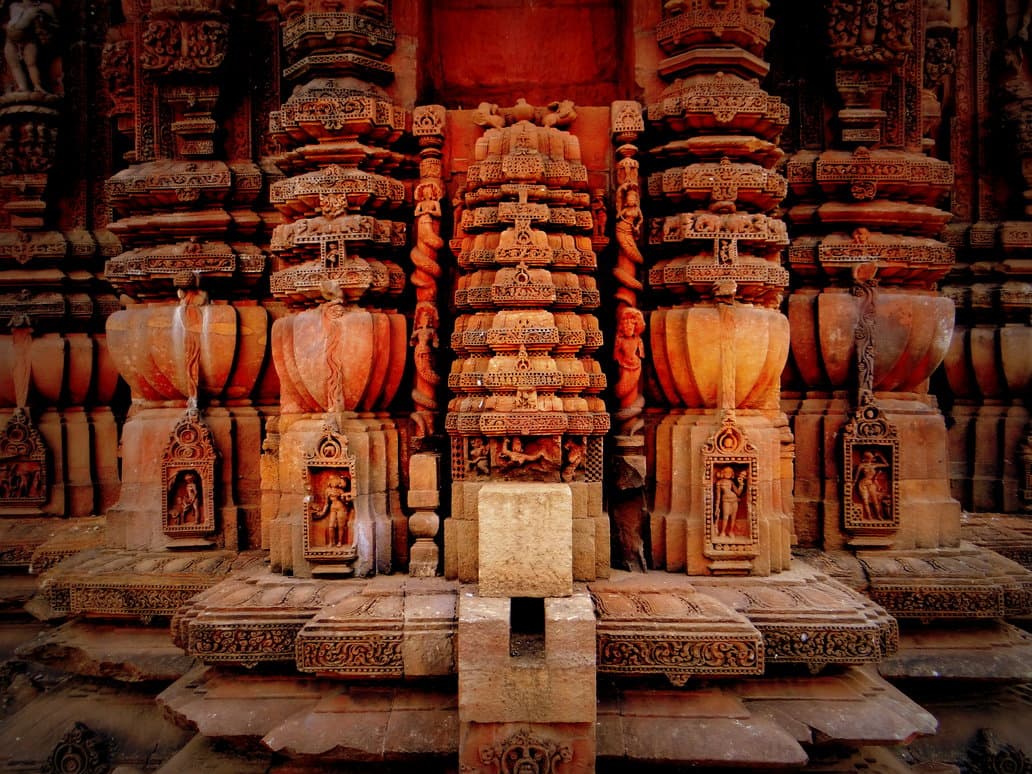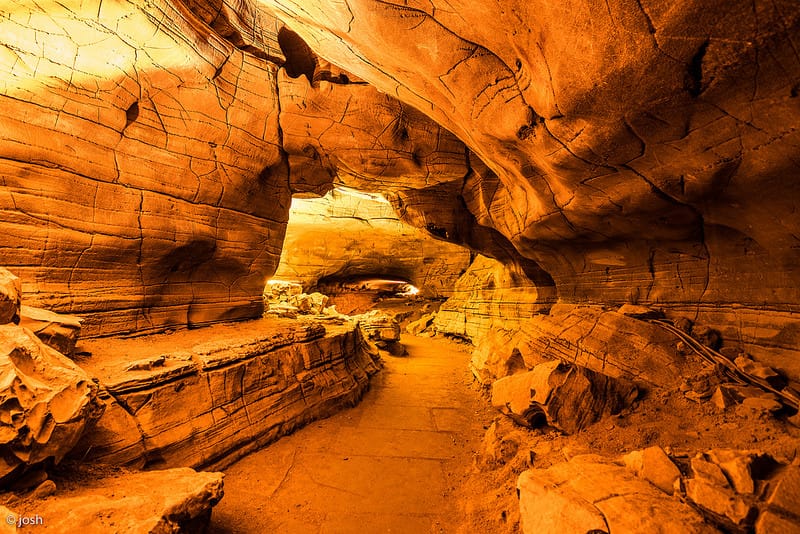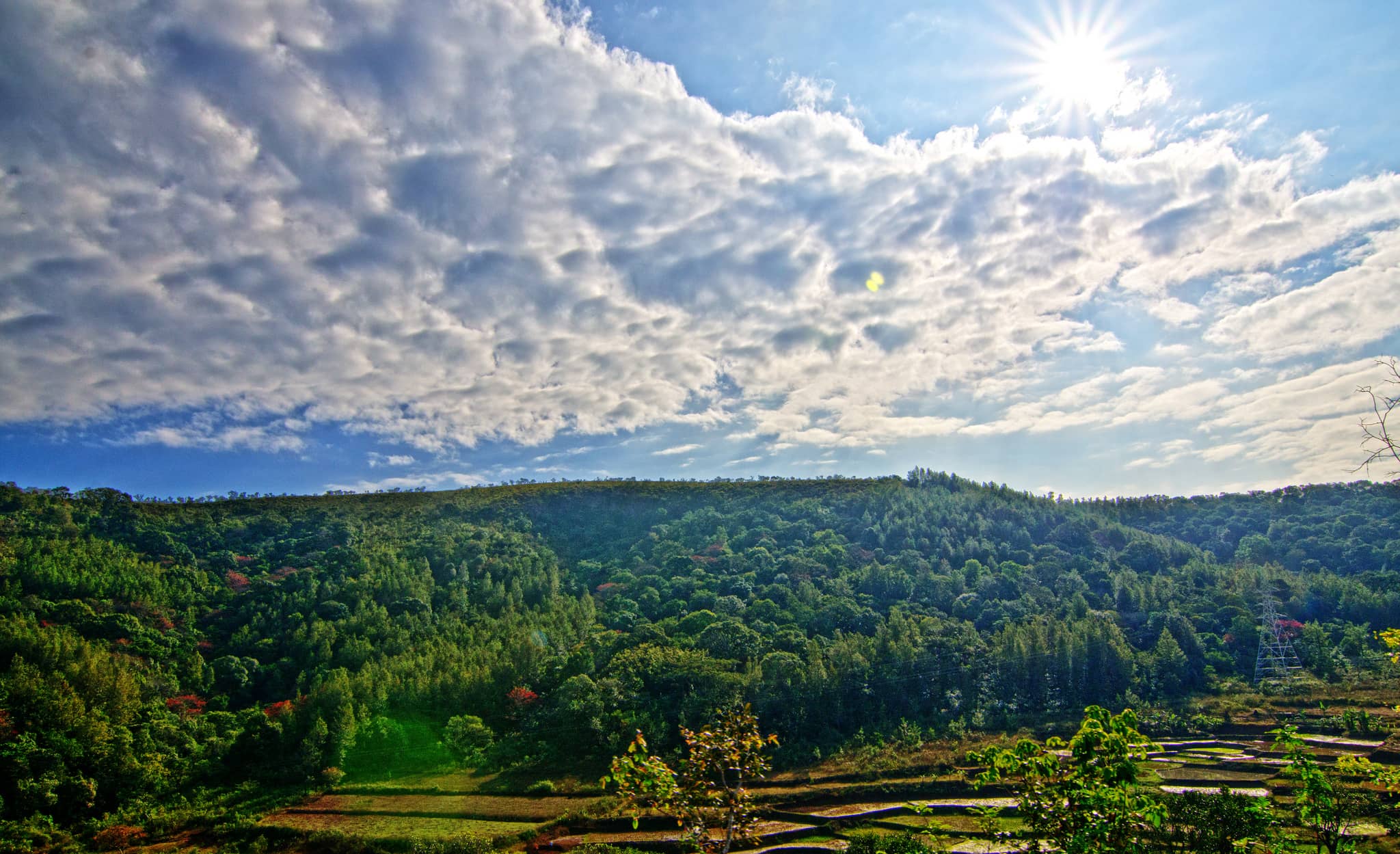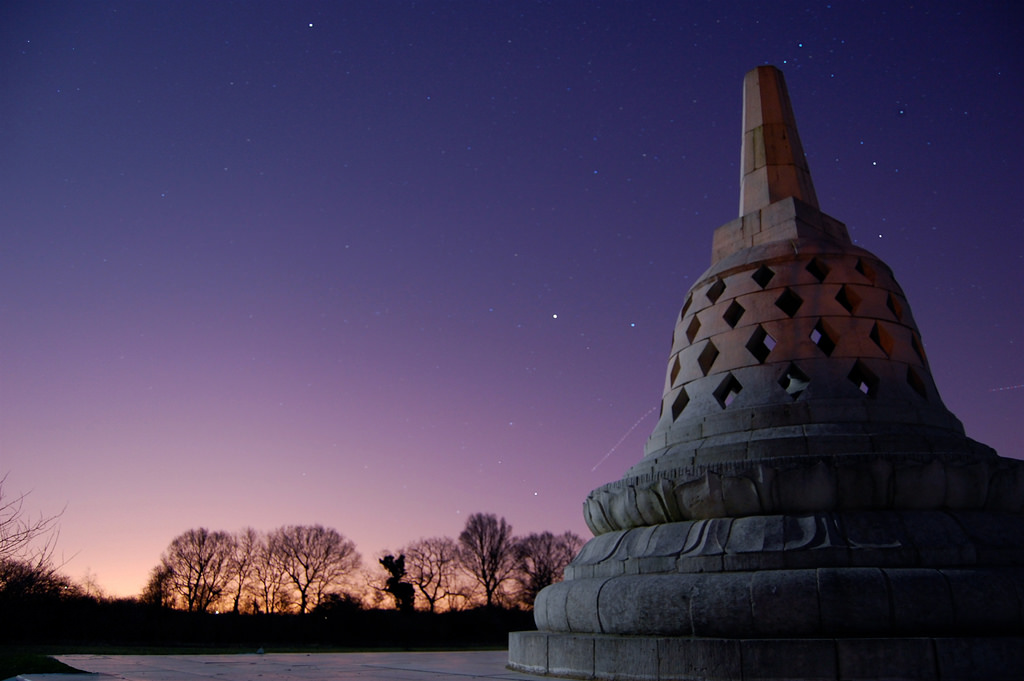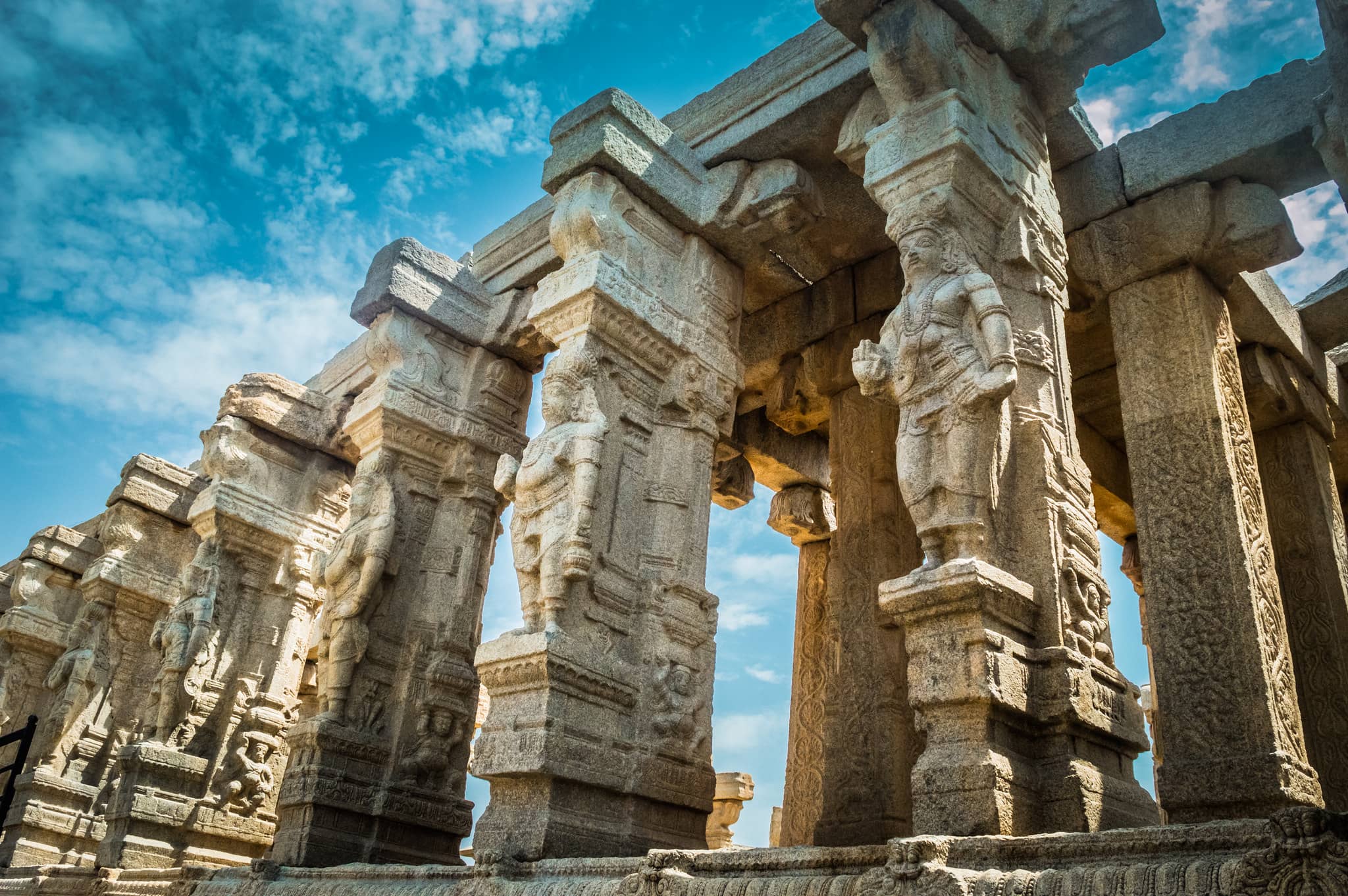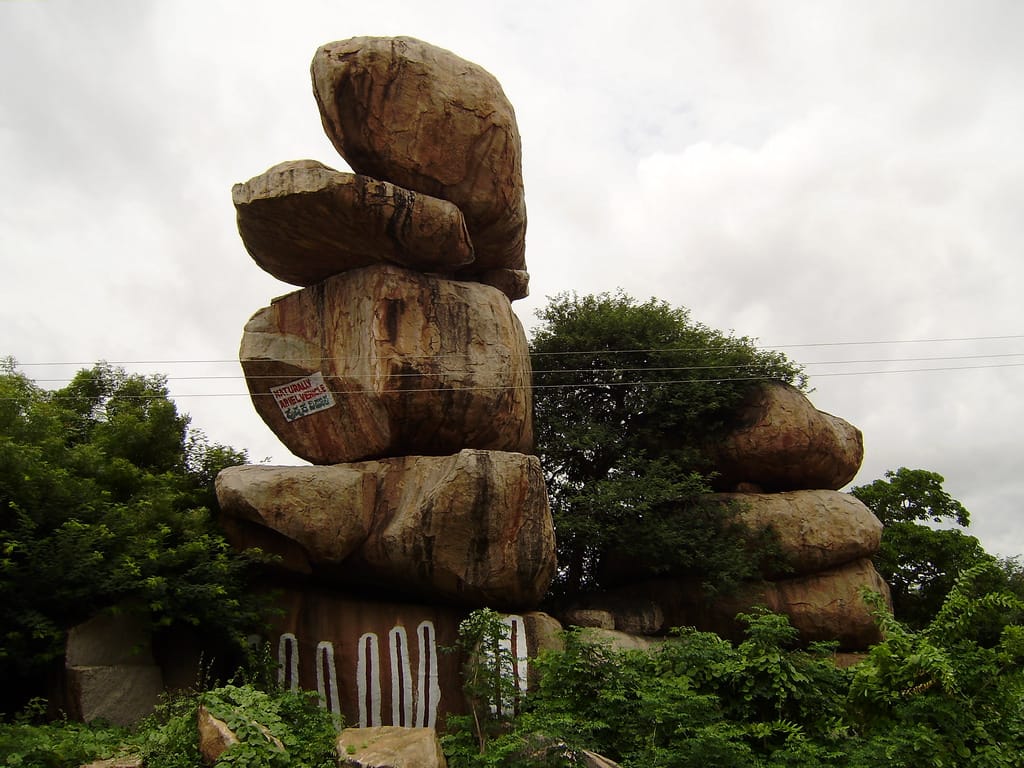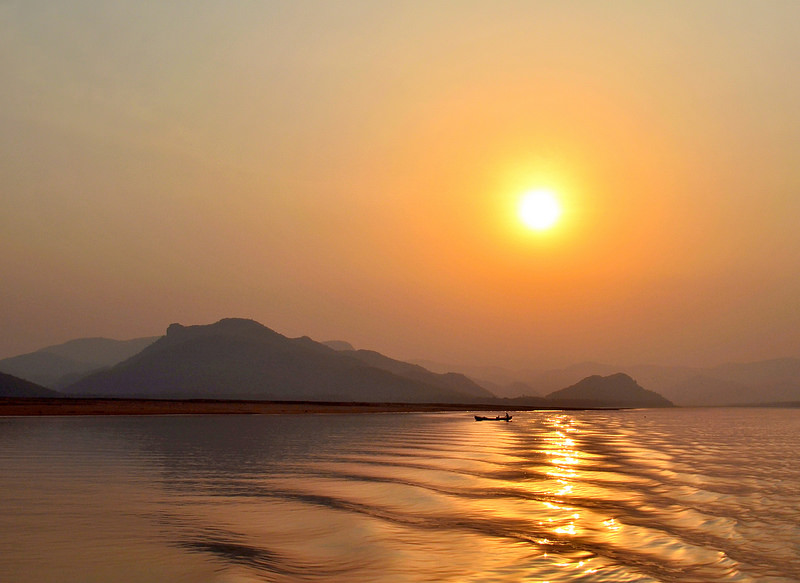Bhubaneswar is a historic city in the eastern Indian state of Odisha. It is well known for its many ancient temples, especially those made of sandstone. In the old part of the city, near the Bindu Sagar Lake, stands the famous 11th-century Lingaraja Temple, a major attraction for visitors. Close to the Rajarani Temple, you’ll find stone carvings of figures believed to guard the eight directions.
The Odisha State Museum showcases a wide collection of items such as old Jain relics, traditional weapons, and colorful pattachitra paintings. A little outside the city, Nandankanan Zoological Park, located near Kanjia Lake, houses animals like lions, elephants, and also has a botanical garden.
On the western side of Bhubaneswar, the Udayagiri and Khandagiri caves are carved into the rocks and were once used by Jain monks for worship. To the south, Dhauli Hills displays ancient rock inscriptions believed to have been created by Emperor Ashoka after he adopted Buddhism in the 3rd century BC.
The nearby village of Pipli is famous for its bright and decorative applique craftwork, which was originally made for temple rituals. Just outside the city, the Chandaka-Dampara Wildlife Sanctuary is home to elephants and other animals, and visitors can watch wildlife from special viewing towers.
Bhubaneswar – places to visit in Bhubaneswar
Parasurameswara Temple

Parasurameswara Temple is one of the oldest temples in Bhubaneswar, Odisha. Built between the 7th and 8th centuries CE, it belongs to the Shailodbhava dynasty. This temple is dedicated to Lord Shiva and shows early Oriya-style temple architecture. It is well-preserved and showcases detailed stone carvings. The temple also includes figures from Shaivism, Vaishnavism, and Shaktism. It is a great example of religious harmony in art. Visitors admire its historical and architectural value.
Mukteswar Temple
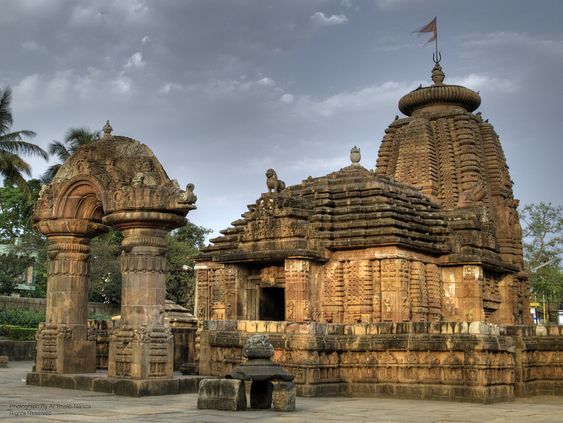
The Mukteswar Temple in Bhubaneswar was built in the 10th century. It is dedicated to Lord Shiva and is known for its unique design. The temple has a beautiful arched gateway and detailed carvings of gods, goddesses, and celestial beings. It is an important structure in the evolution of temple architecture in Odisha. This temple is often called the “Gem of Odisha architecture.” Its peaceful surroundings attract pilgrims and tourists alike. Festivals like Mukteswar Dance Festival are also celebrated here.
Lingaraja Temple
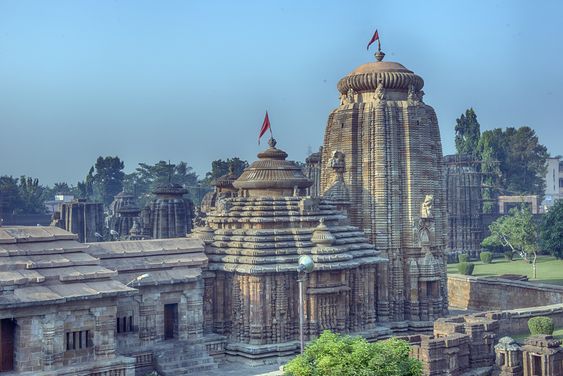
Lingaraja Temple is a famous Shiva temple in Bhubaneswar, built in the 7th century by King Yayati Kesari. The king is said to have moved his capital to Bhubaneswar after building this grand structure. The temple is a classic example of Kalinga-style architecture. Its tall spire rises high above the city and is visible from far. The temple complex houses many small shrines. Non-Hindus can view the temple from a nearby platform. It is one of the most important pilgrimage sites in Odisha.
Udayagiri and Khandagiri Caves

Located near Bhubaneswar, Udayagiri and Khandagiri are rock-cut caves with religious and historical value. These caves were used by Jain monks in ancient times. Some of the caves are natural, while others were carved by hand. The walls have inscriptions and carvings of Jain symbols and teachings. King Kharavela is believed to have built many of them. The site gives insight into Jain heritage and ancient Indian art. Tourists enjoy the peaceful surroundings and views from the hilltop.
Dhauli Hill
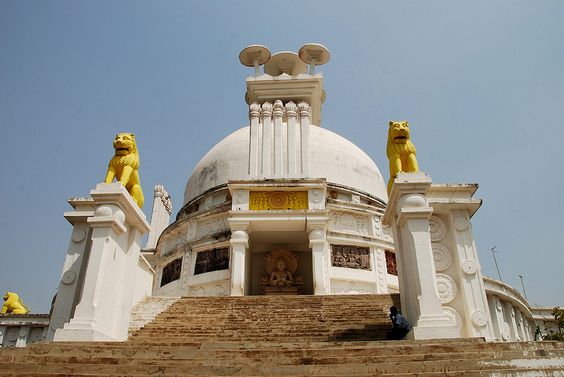
Dhauli Hill is a peaceful spot just outside Bhubaneswar, known for its white Peace Pagoda. It is believed that Emperor Ashoka chose this place to embrace Buddhism after the Kalinga War. The hill has rock edicts that reflect Ashoka’s change of heart. The Shanti Stupa was built by Japanese Buddhists in 1972. It has statues of Lord Buddha and messages of peace. The area is calm and scenic, attracting spiritual visitors. Light and sound shows are also held here in the evenings.
Nandankanan Zoological Park

Nandankanan Zoo is a large zoo and botanical garden located near Kanjia Lake in Bhubaneswar. It was started in 1960 and opened to the public in 1979. It is the first zoo in India to join the World Association of Zoos and Aquariums. The zoo is home to white tigers, lions, elephants, and many exotic animals. It also has a reptile park, aquarium, and safari rides. The natural forest setting makes it ideal for animals and visitors. It’s a great place for families and nature lovers.
Odisha State Museum

The Odisha State Museum, located in Bhubaneswar, displays the cultural and artistic heritage of the state. Started in 1932, it moved to its current building in 1960. The museum has galleries on archaeology, history, weaponry, coins, and art. It also houses traditional paintings like pattachitra and tribal crafts. There are manuscripts and relics from various periods of Odisha’s past. Visitors learn about the rich traditions and history of the region. It’s a must-visit for history and culture enthusiasts.
Ananta Vasudeva Temple
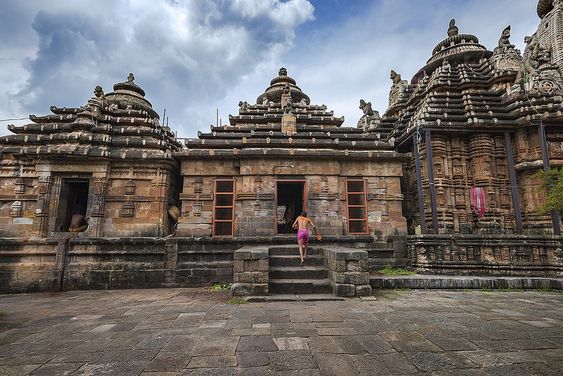
Ananta Vasudeva Temple is a unique Hindu temple in Bhubaneswar, dedicated to Lord Krishna. Unlike other temples in the city which are dedicated to Shiva, this one honors an avatar of Vishnu. The temple architecture is similar to the Lingaraja Temple. Built in the 13th century, it showcases beautiful carvings and idols of Krishna, Balarama, and Subhadra. Devotees visit to offer prayers and enjoy the peaceful atmosphere. The temple also serves prasad cooked in traditional ways.
Ram Mandir

Ram Mandir is a beautiful temple in the heart of Bhubaneswar, near Janpath Road. It is known for its tall spires and well-maintained surroundings. The temple houses idols of Lord Rama, Goddess Sita, and Lord Lakshmana. The temple is especially lively during festivals like Ram Navami and Janmashtami. Its central location makes it easy for tourists and locals to visit. Evening aartis and devotional songs fill the temple with spiritual vibes. It is a serene place for worship and peace.
Best Time to Visit Bhubaneswar
Bhubaneswar, like most parts of Odisha, has a tropical climate. It’s a great destination to visit year-round, but some seasons are better for travel than others. Knowing the weather can help you plan your trip at the right time.
Summers in Bhubaneswar (March to June) are very hot and humid. Temperatures can go above 45°C, making it uncomfortable for sightseeing. If you must visit during this time, wear light cotton clothes and stay hydrated.
Monsoon season starts in mid-July and continues until September. The city receives good rainfall, which cools things down. The weather is more pleasant, though the humidity can still be high. It’s a decent time to visit if you enjoy greenery and rain.
Winters (November to February) are the best time to visit Bhubaneswar. The weather is cool and comfortable for sightseeing. Days are pleasant, and nights are a bit chilly. This season is perfect for exploring the city and enjoying its cultural attractions.
| Season | Months | Temperature Range | Weather Description | Travel Recommendation |
|---|---|---|---|---|
| Summer | March – June | 25°C to 45°C | Very hot and humid, not ideal for sightseeing | Avoid if possible |
| Monsoon | July – September | 24°C to 32°C | Rainy, cooler than summer, some humidity | Good for rain lovers |
| Winter | November – February | 15°C to 28°C | Pleasant, cool, perfect for outdoor activities | Best time to visit |
